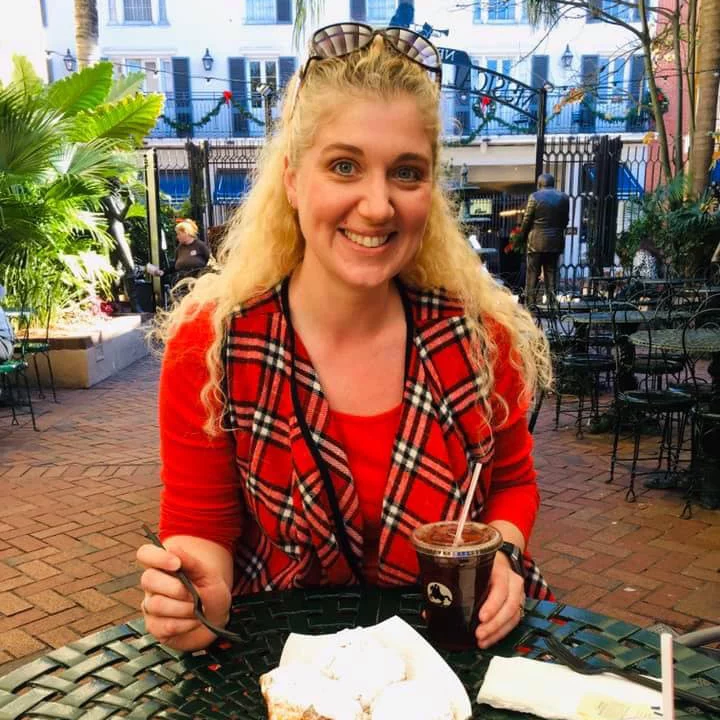According to Deloitte, peak demand is expected to increase by around 26% by 2035, with data center demand alone accounting for nearly 176 GWs of demand by 2035. Driven by AI and data center developments, supply chain and tariff bottlenecks hindering critical infrastructure upgrades, and increased extreme and erratic weather events, residential electric costs have risen by 6.1% for customers, creating a political challenge and leading to cultural backlash. Courting those same customers has proven useful in developing demand flexibility programs like demand response, EV charging, and virtual power plants (VPPs), all useful load management tools designed to shift load to off-peak periods of demand or redistribute communally generated DER assets to repower the grid. With effective, transparent utility customer engagement, utilities can leverage an increasing array of behind-the-meter distributed energy resources to meet demand, enhance grid resiliency, and defray rising operational costs and customer rates.
The Operational Value of Customer Engagement
By and large, U.S. electric utilities operate as regulated natural monopolies. As such, customer service has often been treated as an operational expense and regulatory requirement. In 2021, researchers at the Kelley School of Business at Indiana University Bloomington found a direct correlation between good customer service and higher profits for electric utilities. The study found overwhelming evidence that satisfied customers reduce operational costs, while concurrently fostering efficiency gains: customer trust is crucial to building the rapport necessary to develop demand flexibility and/or energy efficiency programs.
For example, effective utility customer engagement strategies can leverage behind-the-meter distributed energy resources (DERs) like solar, battery energy storage systems (BESS), electric vehicles (EVs) and EVSE chargers, and smart home devices like thermostats or water heaters for use in demand flexibility programs for aggregate conservation or redistribution of communally-generated resources. By working with customers, utilities can foster the necessary buy-in to scale these programs, which thrive as more participants equal more load flexibility potential.
Rising Bills & The Political Hot Potato
Since the start of 2025, electricity bills have risen by 11%, while the inflation rate remains at 3% and the U.S. unemployment rate is on the rise. Combined with market uncertainties caused by supply chain and tariffs and an erratic energy market, customer challenges are only beginning, which, for utilities, means increased economic uncertainty, credit risks for utilities, and energy insecurity for customers struggling. Altogether, customers have turned their attention to politicians to manage these increased costs, which will ultimately shape regulatory policies.
According to the J.D. Power 2024 U.S. Electric Utility Residential Customer Satisfaction Study, 39% of study respondents stated that they were worse off financially in 2024 than in 2023. Unfortunately, after more than a decade of stagnant change in electric consumption, demand is on the rise in 2025 with an outlook that promises further growth. A recent report noted that although smart thermostats have doubled over 8 years to reach 16% of households with internet access, only about 20% of those participate in demand response. In total, 54% of non-participants stated that they were unaware that demand response was even an option to begin with.
Tips for Utility Customer Engagement
The mere exposure effect is a psychological term that refers to the cognitive bias that people experience in identifying with things that they are familiar with. This is directly reflected in marketing philosophies like the rule of 7, which supposes a minimum of seven points of interaction between consumers before they fully recognize a brand. In terms of utility customer engagement, repetition is one of many tools needed to build rapport and develop the customer relationships necessary to engender customer buy-in.
Ideal utility customer engagement strategies start with developing a marketing plan. What is your organization trying to achieve? For the most part, the answer is in developing the relationships necessary to increase enrollment and participation in demand flexibility programs, behavioral demand response programs, or energy efficiency strategies.
In creating a plan, program managers should consider the following:
- What is your budget? Set the budget up front to know what you can or can’t do. And remember: marketing doesn’t have to be expensive or time-consuming.
- How do customers enroll? Lower the bar for enrollment both through a simplified login portal and a robust array of device integrations, which can open up more opportunities for customer participation.
- Identify your marketing channels – don’t just pick one! Multi-channel marketing is crucial to meeting customers where and when they are, so consider using social media, billing inserts, television, or print ads, while also training customer service representatives on key talking points to help lower customer bills.
- Consider incentives – What incentives will the program offer? How will incentives be processed? Determining the optimal incentive rate is valuable in securing customer buy-in.
Types of Programs
Utilities manage distributed energy resources (DERs) using a distributed energy resource management system (DERMS). Grid DERMS manage utility-held DER assets like solar or battery installations. By contrast, Grid-Edge DERMS manage behind-the-meter (BTM) DER assets found in places like residential, commercial, or industrial properties. While utility-held DER installations have become the subject of regulatory and legislative review, BTM DERs represent great untapped potential for utilities eager to meet rising demand by leveraging customer participation in demand flexibility programs.
So what types of demand flexibility programs are out there, and how do they add value? Let’s take a look with consideration of optimal utility customer engagement strategies.
Conservation
Programs like demand response, EV charging, or BYOD programs function by curtailing (or ceasing) battery charging times or by shifting temperature set points to decrease demand during peak periods of consumption. For example, if a thermostat demand response program is run during the summer, utilities may lower temperature set points by 5 degrees, which lowers overall demand through aggregate conservation.
– Amber Mullaney, VP of Marketing, Virtual Peaker
For conservation-oriented demand flexibility programs, center transparency and urgency as your utility customer engagement strategy. Make sure that customers are aware and remain in control of their outcomes, as customers who lose their autonomy during grid events have historically become angry. Instead, make sure to spread the message far and wide, explaining in clear detail the benefits of participation during grid events to bolster grid resiliency and defray peak market costs.
Redistribution
Two years ago, the Department of Energy released a report calling for an increase in VPP capacity from the 30-60 GW attributed primarily to demand response programs, to 80-160 GW by 2030 to meet rising demand. While VPPs can operate as conservation tools, through the use of solar inverters or batteries, virtual power plants or V2G charging strategies can also provide reciprocal paths to meeting rising demand by shifting stored, ambient energy back into the grid. Strategically, utility customer engagement messaging should address both the usefulness in enhancing grid resiliency, while providing valuable customer incentives to participants, usually without customers even noticing that events were called.
Utility Customer Engagement Has Never Been More Important: Conclusion
Among numerous concerns, the U.S. grid is challenged with a mismatch between generation and grid capacity. Utilities can enhance grid capacity while lowering the rising costs of power purchasing agreements and deferring costly infrastructure upgrades through effective utility customer engagement strategies. Remember: your customers are your most valuable resource.




